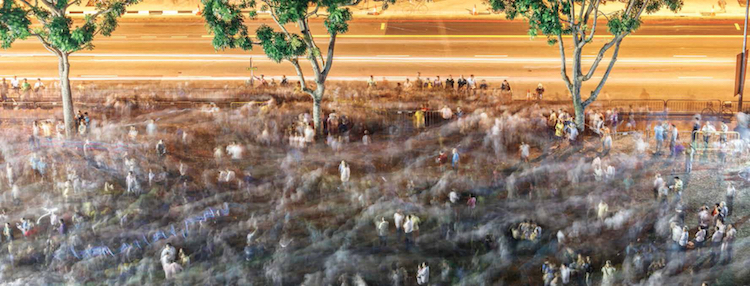The problem of public space: Singapore as case study
July 28, 2016

While many aspects of Singapore’s development have been described internationally in glowing terms, the island’s public spaces have often faced a cooler response.
Rem Koolhaas—one of Singapore’s admirers—described the national landscape as a laboratory of “willed ugliness,”i where aesthetic and social banality is designed at a micro level. As Pasi Falk and Colin Campbell have put it, this nation is most characterised by the non-appearance of a public sphere: “The city centre is actually a complex of shopping centres or a set of city centres writ small.” Sociologist Chua Beng Huat has noted astutely that, “Since the mid-1980s, Singapore often appears as one continuous shopping centre to foreign visitors.” The great Benedict Anderson, for one, simply described the place as “incredibly boring.”
Many of our spaces still lack a feel of the granular—that pleasing spatial patina that makes us feel part of a city, and not a homogenised mega-project.
All of these critics agree that there is something missing in Singapore; it is not clear, however, that everyone is missing the same thing. For some, this absence reflects the lack of a fully participatory civic discourse. For others, public space appears to be under threat by privatisation. Other local and foreign observers, however, still regret the absence of something physical: actual places or spaces worthy of collective life and its higher aspirations.
But putting aside subjective judgments—such as ugly and boring—are the oft-repeated broadsides against Singapore’s urbanism convincing? Is the non-appearance of a satisfying pubic realm distinctive to this island nation? And how much of the conventional wisdom on good city form is influenced by a canon that deals mostly in Western examples?
When it comes to vibrant streets and districts, small and dynamic players are national assets that should not be left to the mercy of the free market.
SINGAPORE AS THE ANTIPUBLIC
There are several recurrent themes in the criticism of Singapore’s public spaces. A common one, nowadays, is that the public realm is depleted due to lack of ownership. This is a buzzword that comes easily to the public, designers and government. Many feel that for a city to have thriving civic spaces, the citizens must have a sense that they have contributed its design agenda. In Singapore, increasingly, we see rituals of public consultation becoming integral to the planning process. There is a sense that, to love the city, it must be ours, in some way. This is, in many ways, an extremely positive conversation.
Singapore’s offerings have sometimes been too clean and timid in leaving room for variety.
But many cities—and many that seem to have the most satisfying public spaces—are not owned by us, in any sense. Often they are just the opposite: radically inaccessible, due to their foreignness, expensiveness or power structures. I personally love both London and New York, despite the fact that I am very unlikely to affect the urban environment of either. In fact, part of what we admire about the great world capitals may be precisely that aloof quality; their romance is only increased when witnessed by an outsider. Ownership, moreover, has very little to do with conventional ideas of urban membership. It is a kind of neoliberal take on citizenship, based on a belief that we have to buy into something in order for it to be meaningful. Ultimately, what we find compelling about many cities is not that we own them. It is that we identify with them. Something about them resonates with us.
To read the complete article, get your hardcopy at our online shop/newsstands/major bookstores; subscribe to FuturArc or download the FuturArc App to read the issues.
Previously Published Commentary
Contact us at https://www.futurarc.com/contact-us for older commentaries.

